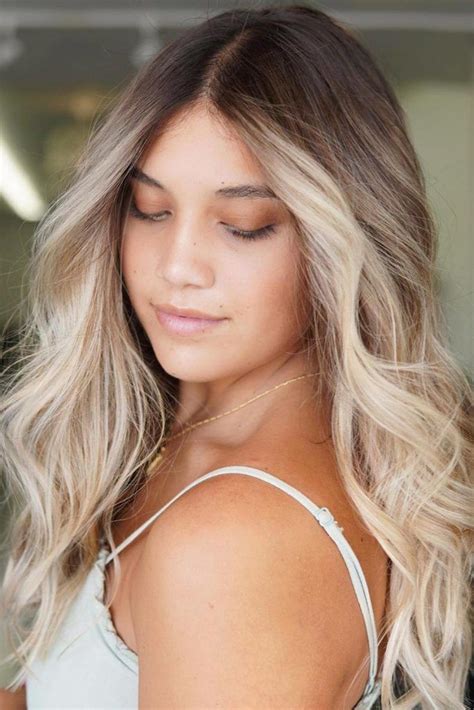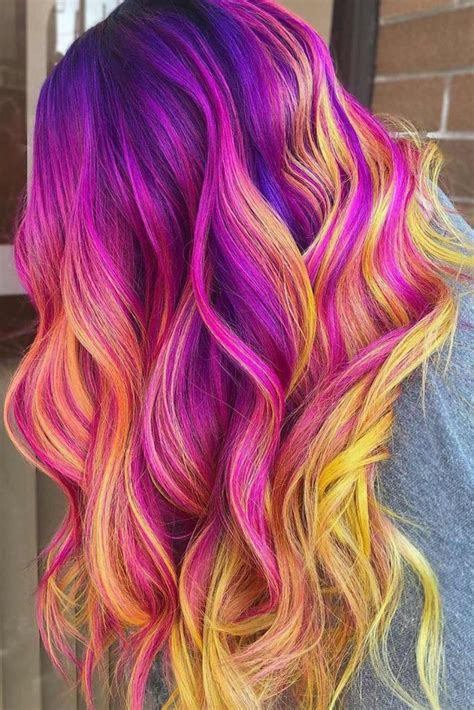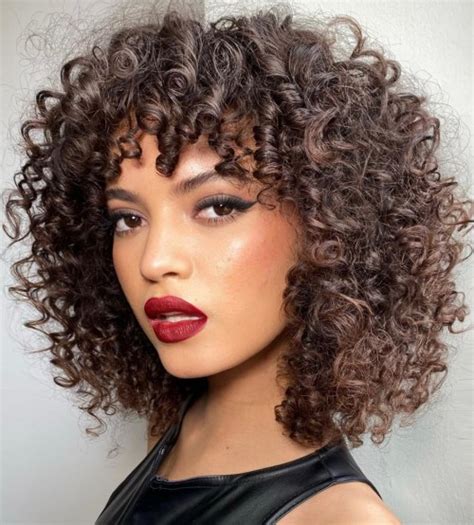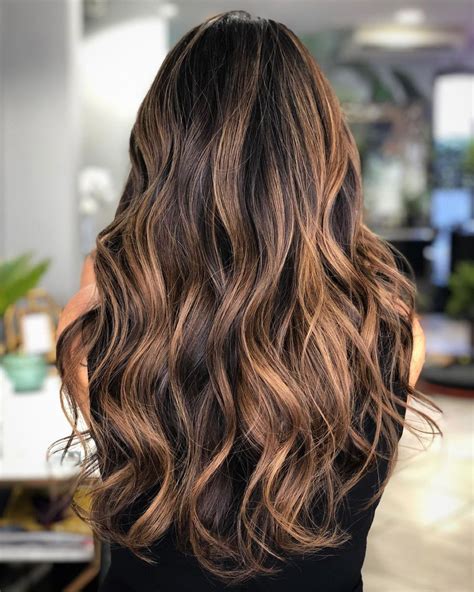Discover how to understand and care for your specific hair type, including tips for maintaining healthy, oily, dry, and normal hair. Improve your hair care routine now!
Understanding Your Hair Type
Contents
Understanding your hair type is the first step to achieving healthy and beautiful hair. There are generally four main hair types: straight, wavy, curly, and kinky. Each type has its own unique characteristics and requires different care routines.
If you have straight hair, you may find that it gets oily more quickly than other hair types. This type of hair can easily become flat and lifeless, so it’s important to use lightweight, volumizing products to add some bounce and fullness.
For those with wavy hair, you may notice that it is prone to frizz and can become unruly without proper care. A good routine for wavy hair would involve moisturizing and defining products to enhance the natural wave pattern.
Curly hair requires a lot of moisture to stay healthy and defined. It’s important to use hydrating products and avoid heat styling to prevent dryness and damage. Embracing your natural curls will help maintain the health and strength of your hair.
Lastly, kinky hair is the most fragile and prone to breakage. This hair type requires gentle handling and regular deep conditioning to maintain its strength and elasticity. Protective styles can also help prevent damage and promote healthy growth.
Frequency of Washing for Oily Hair
If you have oily hair, you may find yourself needing to wash your hair more frequently than others. The excess oil produced by your scalp can make your hair look greasy and flat, and can even lead to scalp issues if left unwashed for too long.
For those with oily hair, it is generally recommended to wash your hair every other day to keep the oil at bay. This will help to remove the excess oil and residue from your hair, leaving it looking fresh and clean.
However, it’s important not to overwash your hair, as this can actually stimulate the scalp to produce more oil to compensate for the dryness caused by frequent washing. Finding the right balance for your hair is key, so pay attention to how your hair looks and feels to determine the best washing frequency for you.
In addition to washing your hair, you can also use dry shampoo in between washes to help absorb excess oil and refresh your hair. This can help to extend the time between washes while still keeping your hair looking and feeling clean.
Ultimately, finding the right frequency of washing for your oily hair will depend on your individual hair type and lifestyle. Pay attention to how your hair responds to different washing routines, and don’t be afraid to experiment to find the best approach for you.
Frequency of Washing for Dry Hair
When it comes to dry hair, less frequent washing is generally recommended. Washing too frequently can strip the hair of its natural oils, leading to even drier and more brittle hair. For those with dry hair, it’s best to wash no more than 2-3 times per week.
Many people with dry hair find that they can go even longer between washes, sometimes stretching to once a week or even less. Some may choose to use dry shampoo in between washes to help absorb excess oil without the need for a full wash.
When washing dry hair, it’s important to use a moisturizing shampoo and conditioner to help replenish lost moisture and soften the hair. Look for products specifically designed for dry or damaged hair, and consider incorporating a weekly deep conditioning treatment to provide extra hydration.
It’s also important to avoid using hot water when washing dry hair, as this can further deplete moisture. Instead, opt for lukewarm or cool water when shampooing and conditioning to help lock in hydration.
Frequency of Washing for Normal Hair
For those with normal hair, the frequency of washing can vary depending on several factors. Generally, washing normal hair every 2-3 days is considered suitable. This allows the natural oils to nourish the hair while keeping it clean and fresh. However, some individuals may find that washing every other day works best for them, while others may extend the gap between washes to 4-5 days. It’s important to pay attention to your hair’s needs and adjust your washing routine accordingly.
When determining how often to wash your normal hair, consider your lifestyle and activities. If you exercise frequently or have a job that exposes your hair to dirt and pollutants, you may need to wash more often. On the other hand, if you have a more sedentary lifestyle and minimal exposure to environmental factors, you may be able to stretch the time between washes.
In addition to frequency, the type of shampoo and conditioner you use can also affect how often you should wash your hair. Using gentle, sulfate-free products can help maintain the natural balance of your hair, allowing you to go longer between washes without experiencing excessive oiliness or dryness.
It’s important to pay attention to any changes in your hair’s behavior and adjust your washing routine as needed. If you find that your hair becomes greasy sooner than usual, it may be a sign that you need to wash more frequently. Conversely, if your hair becomes dry and brittle, you may need to shampoo less often or switch to a more moisturizing hair care regimen.
Ultimately, finding the right frequency for washing normal hair is a matter of trial and error. Pay attention to how your hair responds to different washing schedules and make adjustments based on its needs. By understanding your hair type and maintaining a consistent hair care routine, you can achieve healthy, balanced hair.
Tips for Maintaining Healthy Hair
One of the most important tips for maintaining healthy hair is to choose the right shampoo and conditioner for your hair type. Using products that are specifically formulated for your hair type can help keep your hair healthy and looking its best. For example, if you have oily hair, look for a clarifying shampoo that can help remove excess oil and build-up. If you have dry hair, choose a moisturizing conditioner to help hydrate and nourish your locks.
Another important tip for maintaining healthy hair is to avoid over-styling and using heat tools too frequently. Excessive heat from styling tools such as flat irons, curling irons, and blow dryers can cause damage to the hair shaft, leading to dryness and breakage. Try to limit your use of heat tools and opt for air-drying or heat-free styling methods when possible.
Regular trims are essential for maintaining healthy hair. Trimming your hair every 6-8 weeks can help prevent split ends and breakage, allowing your hair to grow longer and stronger. Even if you’re trying to grow your hair out, getting regular trims can help keep your hair looking healthy and free of damage.
Protecting your hair from environmental damage is also crucial for maintaining its health. UV rays, pollution, and harsh weather conditions can all take a toll on your hair, leading to dryness, brittleness, and breakage. Consider using a leave-in conditioner with UV protection or wearing a hat when spending long periods in the sun to help shield your hair from environmental damage.
Finally, maintaining a healthy diet and staying hydrated can have a big impact on the health of your hair. Eating a balanced diet that includes plenty of fruits, vegetables, and lean proteins can provide your hair with the essential nutrients it needs to stay strong and healthy. Additionally, drinking plenty of water can help keep your hair hydrated from the inside out.











